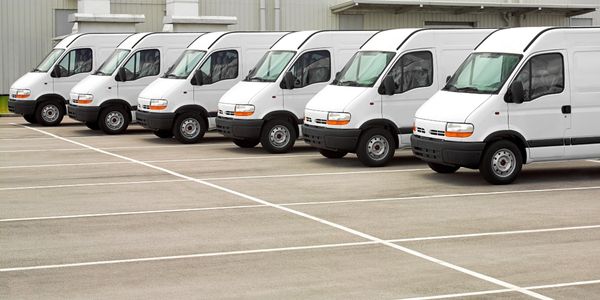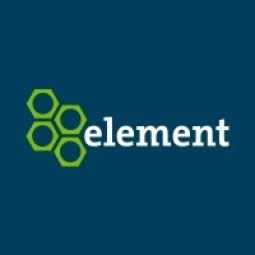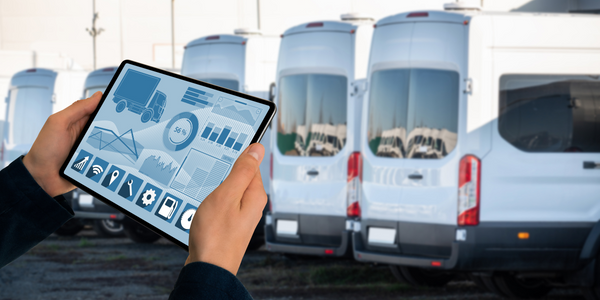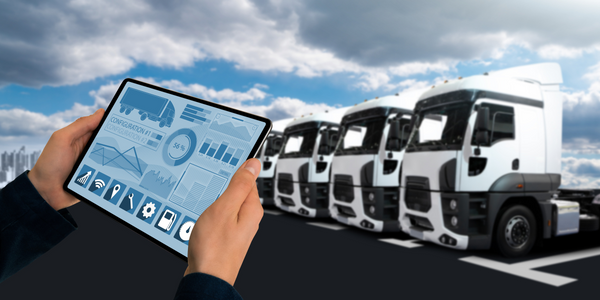Customer Company Size
Mid-size Company
Region
- America
Country
- United States
Product
- Telematics service
Tech Stack
- Telematics devices
Implementation Scale
- Enterprise-wide Deployment
Impact Metrics
- Cost Savings
- Productivity Improvements
- Customer Satisfaction
Applicable Functions
- Logistics & Transportation
Use Cases
- Fleet Management
- Vehicle Performance Monitoring
Services
- System Integration
About The Customer
The customer is a company serving the energy industry. They operate a fleet of 500 vehicles, including light trucks, medium and heavy trucks. The fleet is decentralized but is moving towards centralization. The company utilizes various services including Accident, Maintenance, Telematics, and Title, Licensing & Registration. The company needed visibility into the location of all its vehicles at all times, especially when an emergency response was needed. However, they did not have a handle on their inventory and did not know where all their vehicles were located. In addition, their DOT-related compliance was ineffective, and they wanted to increase compliance in case of an audit.
The Challenge
The customer, a company serving the energy industry, was facing a challenge of not having visibility into the location of all its vehicles at all times. This was particularly problematic when an emergency response was needed. The company did not have a handle on its inventory and did not know where all its vehicles were located. In addition, the customer’s DOT-related compliance was ineffective, and it wanted to increase compliance in case of an audit.
The Solution
After analyzing the customer’s fleet operations, Element Fleet Management recommended the implementation of their Telematics service. They installed telematics devices, which included in-cab buzzers, in 500 units. As part of their end-to-end service, the dedicated telematics consultant assigned to the customer helped interpret all the data. One analysis of the results showed the company was spending approximately $336,000 per year in idling, some of which could be reduced. The implementation of telematics provided the customer with immediate visibility into 100% of its fleet. Understanding vehicle inventory and location made it possible to better deploy vehicles in emergency situations. DOT regulatory compliance improved dramatically; the company now automates its IFTA (International Fuel Tax Agreement) reporting, freeing up drivers and managers from manual reporting and plans to implement the Hours of Service capability.
Operational Impact
Quantitative Benefit

Case Study missing?
Start adding your own!
Register with your work email and create a new case study profile for your business.
Related Case Studies.

Case Study
IoT-based Fleet Intelligence Innovation
Speed to market is precious for DRVR, a rapidly growing start-up company. With a business model dependent on reliable mobile data, managers were spending their lives trying to negotiate data roaming deals with mobile network operators in different countries. And, even then, service quality was a constant concern.

Case Study
Vehicle Fleet Analytics
Organizations frequently implement a maintenance strategy for their fleets of vehicles using a combination of time and usage based maintenance schedules. While effective as a whole, time and usage based schedules do not take into account driving patterns, environmental factors, and sensors currently deployed within the vehicle measuring crank voltage, ignition voltage, and acceleration, all of which have a significant influence on the overall health of the vehicle.In a typical fleet, a large percentage of road calls are related to electrical failure, with battery failure being a common cause. Battery failures result in unmet service agreement levels and costly re-adjustment of scheduled to provide replacement vehicles. To reduce the impact of unplanned maintenance, the transportation logistics company was interested in a trial of C3 Vehicle Fleet Analytics.

Case Study
Zonar Takes the Wheel with a M2M Solution
Zonar’s fleet management solutions collect, report and analyze data before, during and after a vehicle’s trip. The company needed Machine-to-Machine (M2M) connectivity to enable communication between in-vehicle devices and back-end systems. To deliver high volumes of potentially sensitive information from and to moving vehicles – and keep pace with its rapid business growth – Zonar wanted a highly secure solution that it could easily manage and that had the required national and global reach.






